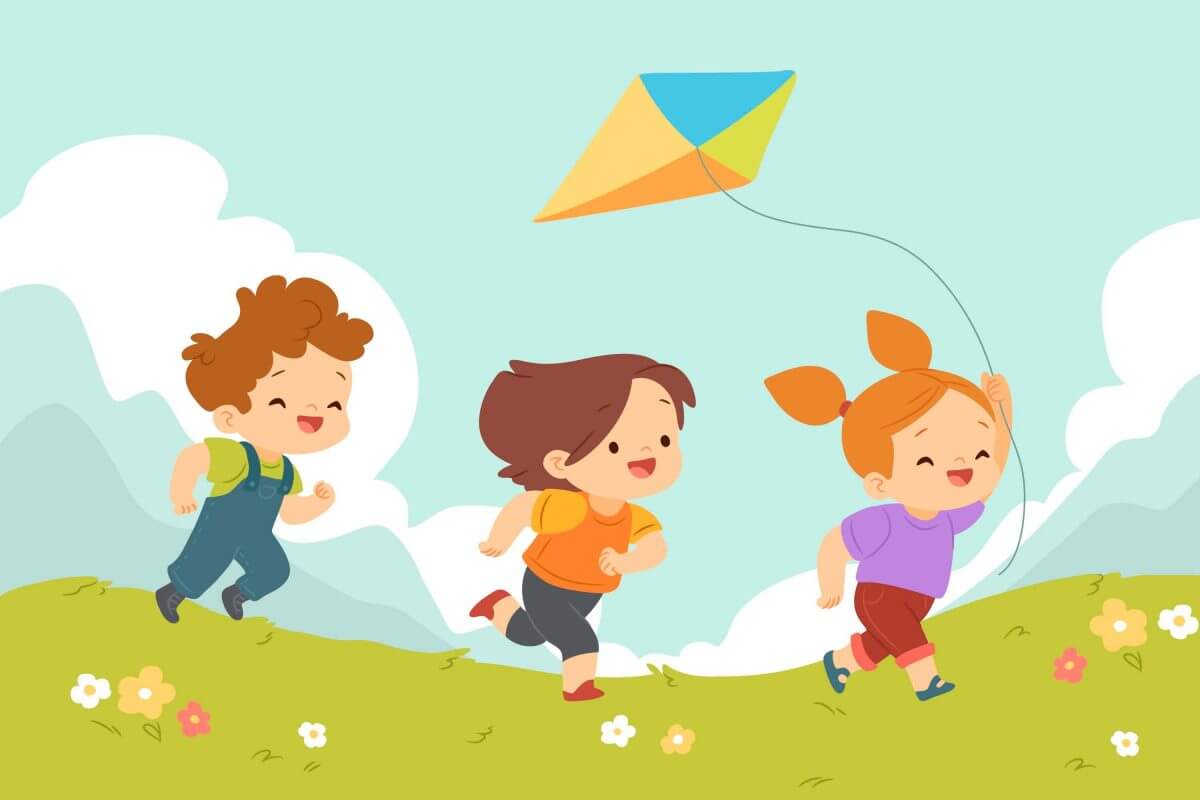
Hop, Skip, Jump!
Gross motor skills refer to the ability to carry out tasks by involving the movement and coordination of large muscles, such as those in our arms, legs, and body. These skills are fundamental for daily living and allow us to engage in meaningful and enjoyable activities.
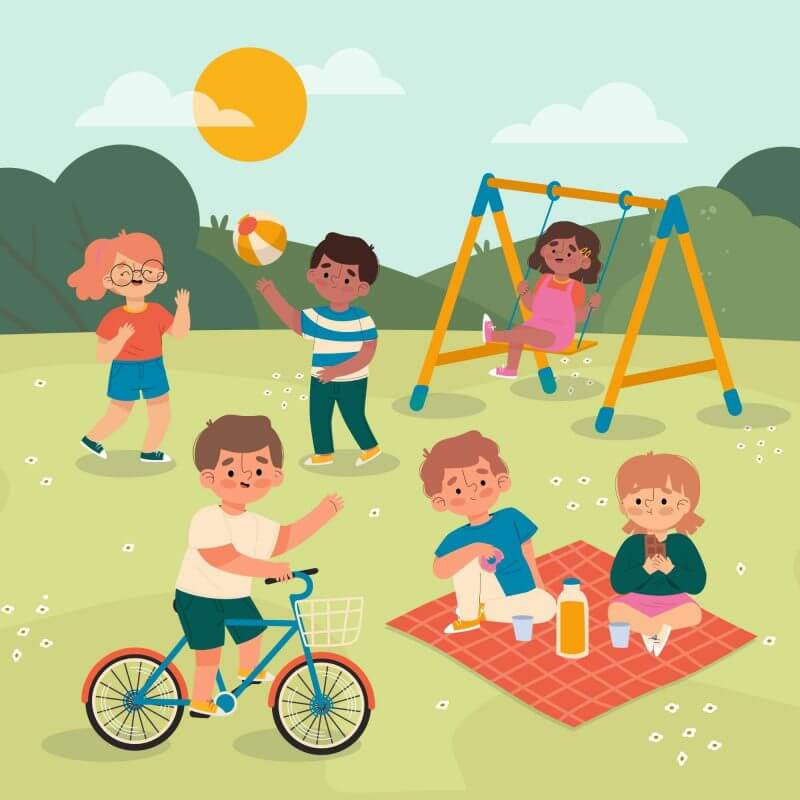
There are three main types of gross motor movements:
1. Locomotion – Moving around!
Running, jumping, hopping, crawling, and scooting are examples of locomotion, which is how we travel from one place to another.
2. Stationary Skills – Movement in One Place
These skills help us maintain our body position while staying in one place. For instance, when children sit on their chairs in the classroom, they are maintaining their posture, head position, and balance. This balancing skill is also useful when we balance on one leg while putting on trousers or reaching down to pick up socks and shoes.
3. Manipulation – Moving/ Using Objects in Different Ways
Think about all the movements a child does with a ball or a beanbag—rolling, throwing, catching, kicking. These skills involve using or manipulating objects with our body and limbs.
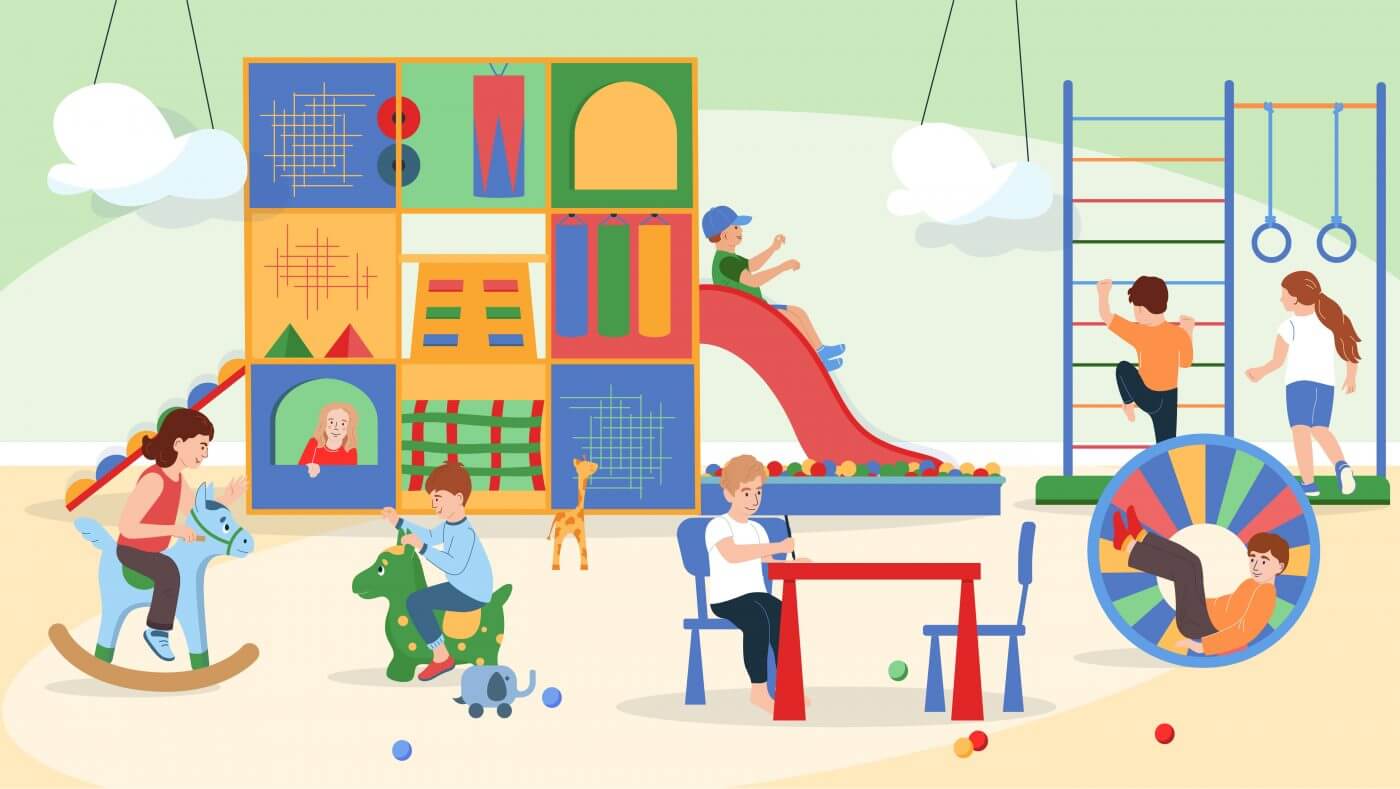
From Monkey Bars to Classroom Performance and Independence
Like any other skill, children need time to practice and develop gross motor skills. Acquiring gross motor skills is crucial for children as it supports their daily independence and enhances the quality of their performance in tasks that require higher levels of focus and fine motor skills. For example, by maintaining good posture and balance in the classroom, your child is in a “better position” to focus on table-top activities (fine motor activities) such as handwriting, drawing, and following instructions from the teacher. Gross motor skills also affect how we navigate our environments, like walking from the classroom to the sports hall/field for PE class.

How can I support my child’s gross motor skills?
Research indicates that experience matters. Providing age-appropriate toys, equipment, and opportunities for engaging in physical activities have a positive impact on children’s gross motor skills. Children who spend more time in physical activities, moving around at home during the early years and playing in outdoor spaces, develop better locomotion skills. Cultivating the habit of exercise as part of an active lifestyle can further enhance physical and mental health. It is shown that an active learning experience can also boost cognitive development. Spending time engaging your child in various activities can be incredibly beneficial!
One of the first pieces of advice I typically offer to parents of my young clients is to consider their child’s interests and preferences when choosing activities. Some children thrive in team sports, while others prefer solo sports or relatively stationary physical activities. Trying out different sports through classes is usually a good starting point for children to explore various options. Remember, it’s all about learning new skills while having fun.
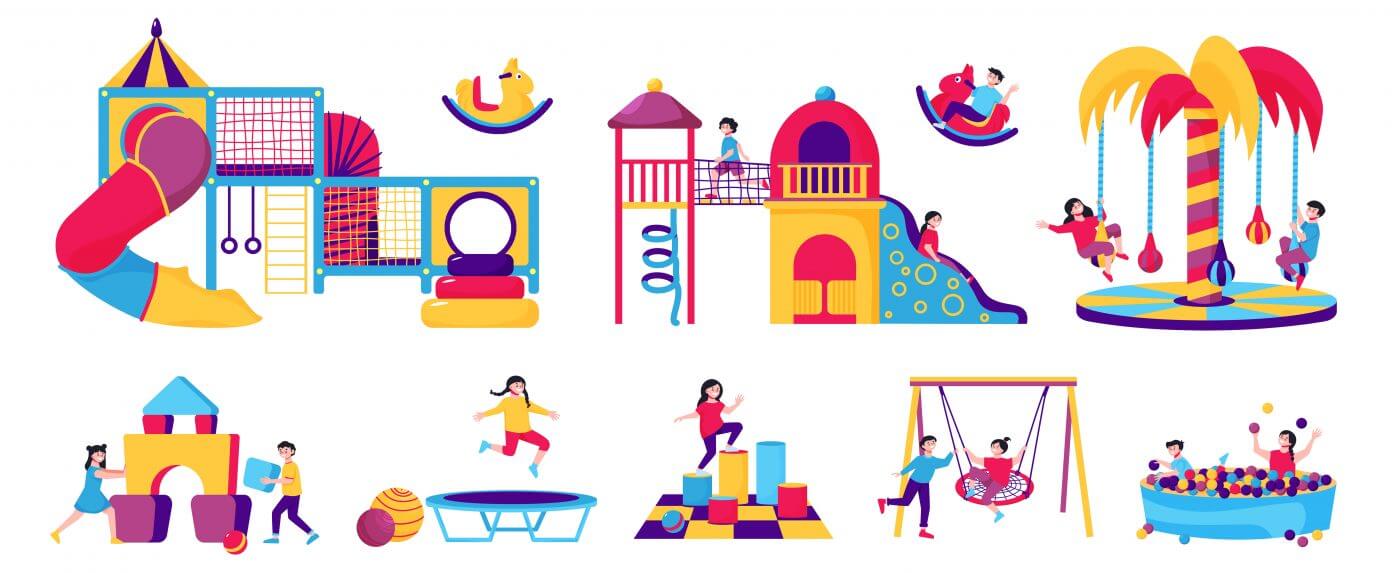
Here are a few games and activities that can be helpful for you and your child to practice gross motor skills together:
-
Ball Games
Ball games are excellent for supporting gross motor skills, involving practices in timing, sequencing, eye-hand coordination, and bilateral integration. Start with simple catching and throwing, then gradually introduce your children to different activities or sports if they show interest.
-
Balancing Game
Encourage your child to do balancing tasks at home, like walking on tiptoes or heel-to-toe along a line on the floor. You can turn it into a game, such as “the floor is lava,” or use imaginative play, pretending they are little spies on a balancing mission.
-
Balloon Games
Ask your child to throw one or more balloons in the air and catch them. As they master simple catching and throwing, they can try volleying the balloons while moving around.
-
Obstacle Course
An obstacle course is a favorite among my young clients. Use items like hula hoops, chairs, and cushion blocks to create the course. Be creative in setting it up, and involve the children in the setup process. You can add missions or tasks to the obstacle course, encouraging climbing over, climbing under, balancing, or running from one place to another.
-
Simon Says
“Simon Says” is a great game for improving body awareness, active listening, and general motor skills. Start with single-step instructions, such as “Simon Says touch your nose,” and progress to multi-step instructions.
-
Music Games
Games like Music Statue, Freeze Dance, or Musical Chairs with different kinds of music provide great opportunities to promote children’s motor skills as well as cognitive skills (divided attention, working memory, etc.).
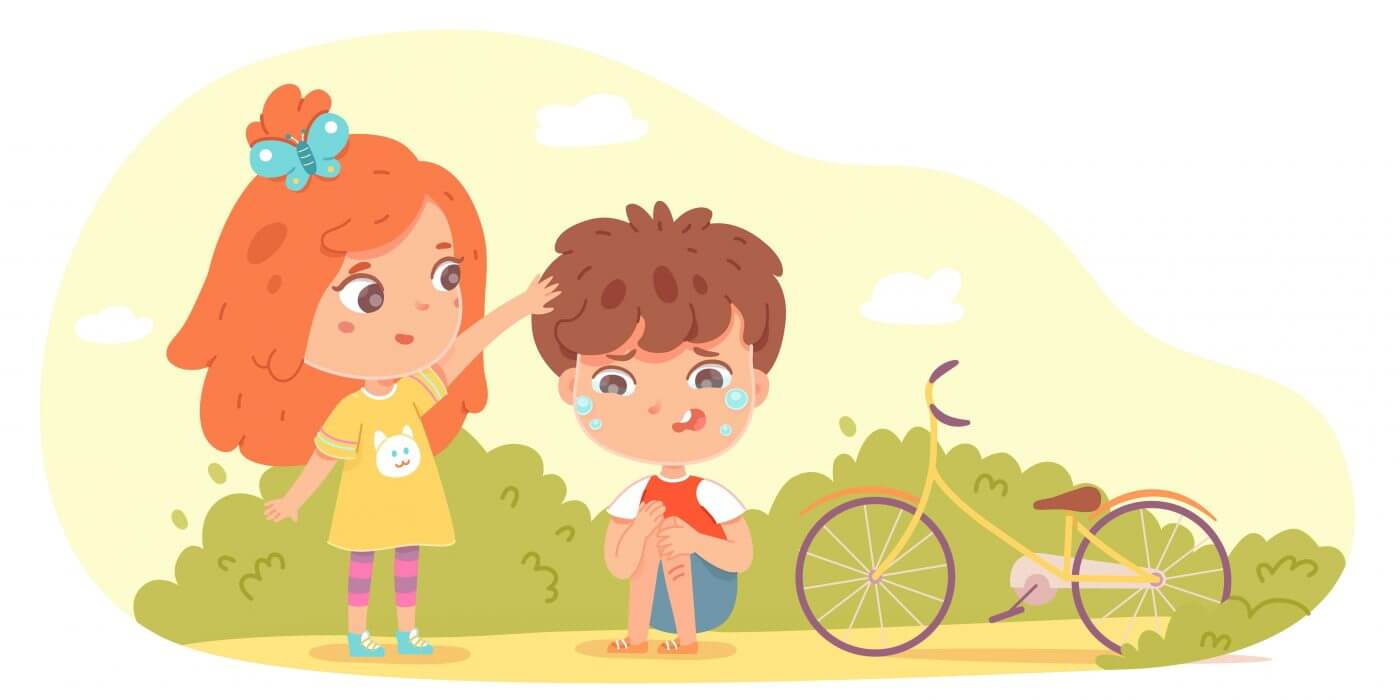
How do I know if my child finds gross motor skills challenging?
Challenges with gross motor skills may demonstrated as:
- Disinterest or avoidance of physical exercises/activities/group sports.
- Reduced performance in physical tasks, difficulties aiming and catching in ball games.
- Rushing through physical tasks to conceal one’s difficulty.
As mentioned earlier, acquiring gross motor skills is a learning process that requires opportunities and time for children to experience, reflect upon, and learn. Different children may have varying paces of skill development. However, if you have concerns about your child, consulting professionals like a GP, Occupational Therapist, or Physiotherapist for assessment and guidance to support your child’s unique needs may be a good idea.
Thank you for reading this information! Stay tuned for more useful tips and information on supporting children’s motor skills!
Barnett, L.M., Hnatiuk, J.A., Salmon, J. et al. Modifiable factors which predict children’s gross motor competence: a prospective cohort study. Int J Behav Nutr Phys Act 16, 129 (2019). https://doi.org/10.1186/s12966-019-0888-0
Gross Motor Skills: Birth to 5 years. Gross motor skills: birth to 5 years. Children’s Hospital of Richmond at VCU. (n.d.). https://www.chrichmond.org/services/therapy-services/developmental-milestones/gross-motor-skills-birth-to-5-years
Phytanza, D. T. P., Burhaein, E., & Pavlovic, R. (2021). Gross motor skills levels in children with autism spectrum disorder during the covid-19 pandemic. International Journal of Human Movement and Sports Sciences, 9(4), 738-745.
Magistro, D., Cooper, S. B., Carlevaro, F., Marchetti, I., Magno, F., Bardaglio, G., & Musella, G. (2022). Two years of physically active mathematics lessons enhance cognitive function and gross motor skills in primary school children. Psychology of Sport and Exercise, 63, 102254.
Kendra Moyses, M. S. U. E. (2023, February 23). Building Gross Motor Skills and why it matters. Child & Family Development. https://www.canr.msu.edu/news/building_gross_motor_skills_and_why_it_matters
